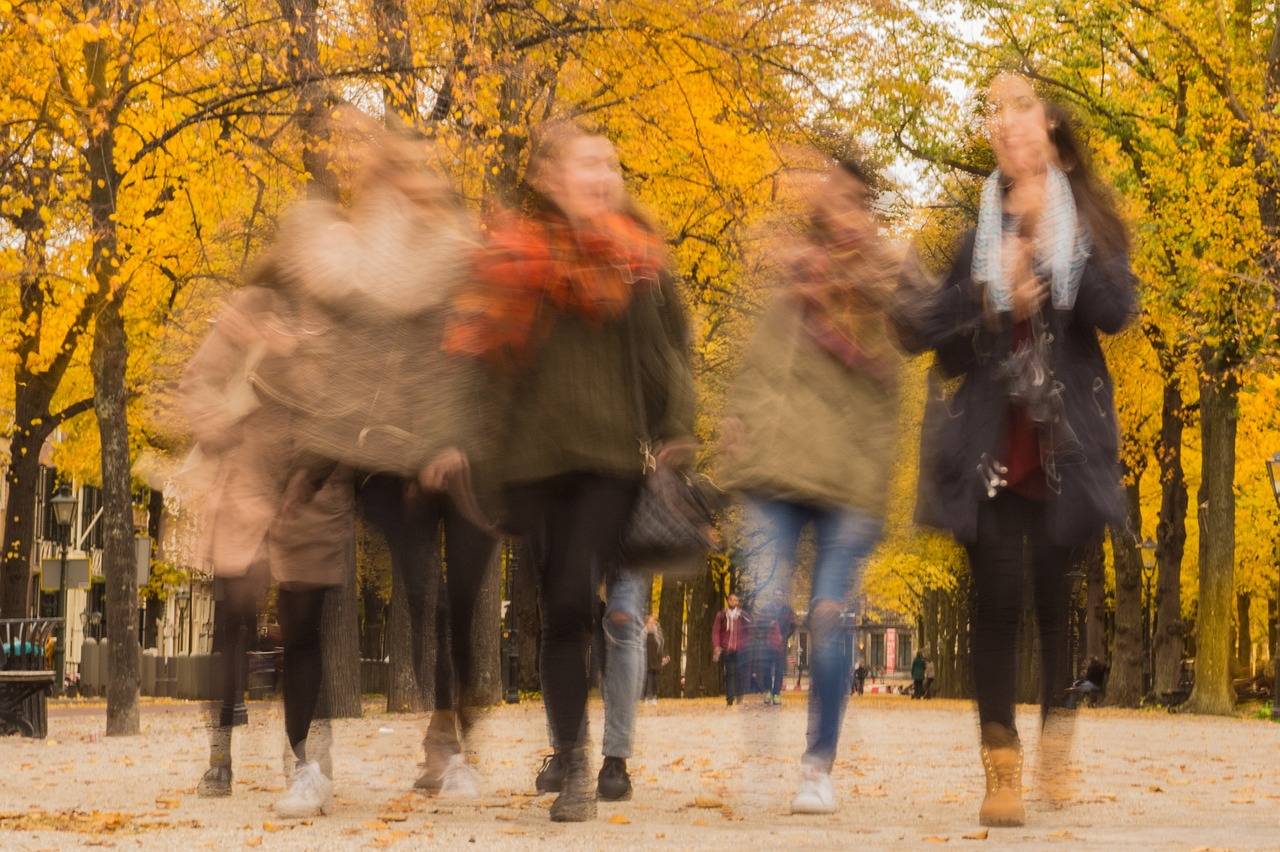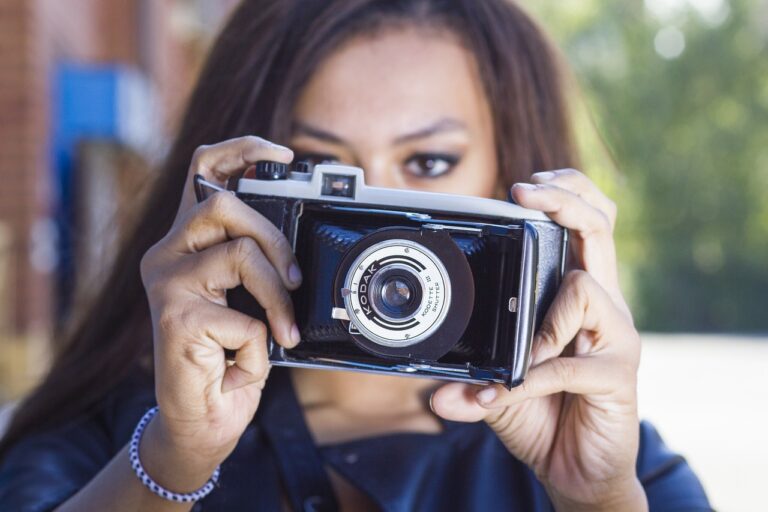Fashion in Film: Iconic Costumes and Their Cultural Influence
The Golden Age of Hollywood was a time when costume design in films truly dazzled audiences and set new trends in fashion. From the glamorous gowns of the leading ladies to the dapper suits of the leading men, every detail of the costumes was meticulously crafted to enhance the characters and the storyline.
Icons like Marilyn Monroe in her white dress from “The Seven Year Itch” and Audrey Hepburn in her little black dress from “Breakfast at Tiffany’s” have become timeless symbols of style and sophistication. These iconic costumes not only captured the essence of the characters they were created for but also reflected the societal norms and values of that era. The intricate designs, luxurious fabrics, and impeccable tailoring of these costumes continue to inspire designers and fashion enthusiasts to this day.
The Evolution of Costume Design in Contemporary Cinema
In contemporary cinema, costume design has become a crucial element in shaping the visual narrative of a film. Costume designers work diligently to create characters that are not only aesthetically pleasing but also authentic to the story being told. From the meticulously crafted period pieces to the futuristic and otherworldly attire, costumes in modern films play a significant role in enhancing the overall cinematic experience.
Gone are the days when costumes in movies were simply props to adorn the actors. Today, costume designers collaborate closely with directors and other creative team members to ensure that every detail of the attire aligns seamlessly with the characters’ personalities and the film’s theme. This attention to costume design has elevated the standards of filmmaking, offering viewers a more immersive and visually captivating experience.
Cultural Significance of Costumes in International Films
Costumes in international films play a pivotal role in conveying cultural nuances and traditions specific to the regions portrayed. These garments are not mere clothing items but rather serve as visual storytellers that enrich the narrative and provide insight into the characters’ backgrounds. For instance, in Indian cinema, elaborate and vibrant costumes are often used to represent the country’s rich heritage and diverse cultural tapestry, adding depth and authenticity to the storytelling.
Moreover, costumes in international films can also serve as a reflection of societal norms, values, and historical contexts. For example, in Japanese cinema, traditional garments such as kimonos are frequently incorporated to delineate social status, character personalities, and emotional nuances. The meticulous attention to detail in designing these costumes not only enhances the visual appeal of the film but also adds layers of meaning and significance that resonate with audiences worldwide.





